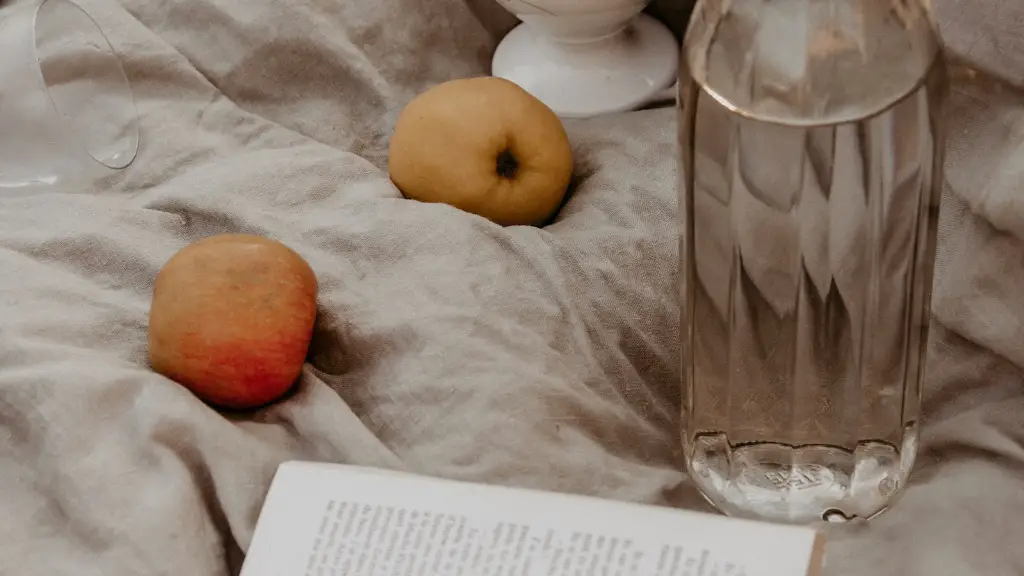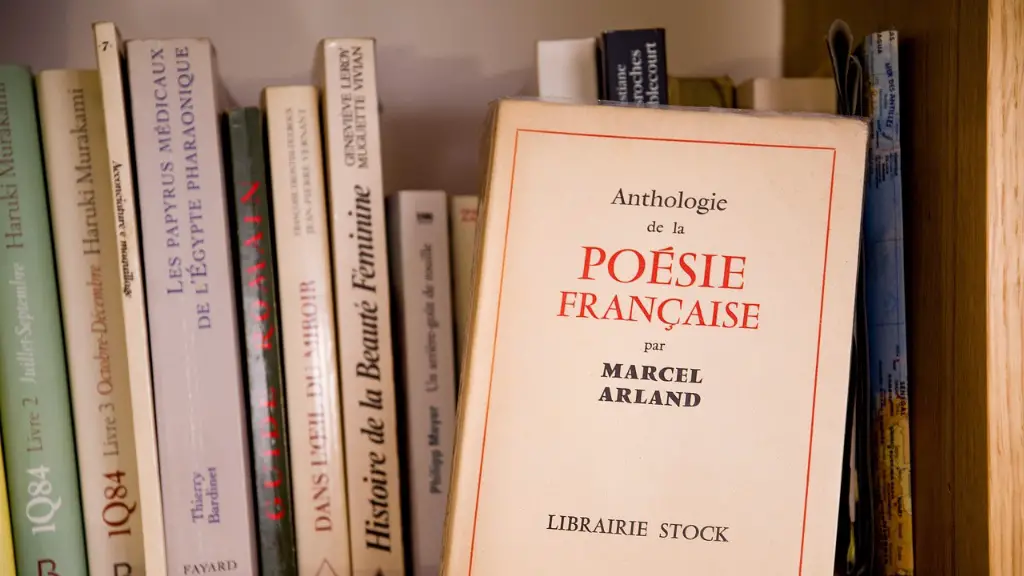Examples of Enjambment
Enjambment, which comes from the French term for ‘to straddle’, is defined as the technique of breaking up a line or a verse before arriving at a line break. It creates a flow of words from one sentence to the other and from one verse to another, without closure or pause. It is often considered to be the opposite of end-stopped lines, which is a line of verse that ends with a punctuation mark, or even a natural pause.
Enjambment can be a powerful tool for conveying emotion, conveying emphasis and creating tension through dialogue. One of the most famous examples of enjambment in English literature can be found in William Wordsworth’s poem “The World is Too Much With Us”, which begins with the lines:
“The world is too much with us; late and soon,
Getting and spending, we lay waste our powers.
The first line of the poem is broken up with a line break before the last word “us”, with the second line continuing on without a pause. This creates a sense of urgency and a feeling of being overwhelmed, which is central to the poem.
Enjambment can also be used in rhyming poetry to create a particular rhyme scheme. For example, the following lines of poem, “The Raven” by Edgar Allan Poe, have been written in a trochaic tetrameter. The first two lines use enjambment, and end in triple rhyme.
“Once upon a midnight dreary, while I pondered weak and weary,
Over many a quaint and curious volume of forgotten lore.”
Enjambment also allows poets to make unexpected connections between seemingly unrelated lines of poetry. Enjambment can also be used to create ambiguity in a poem, as the reader is forced to question which line is actually continuing the previous one.
The Effects of Enjambment in Poetry
Enjambment can have a powerful impact on a poem because it requires the reader to break up their reading, thereby creating a rhythm and flow. This can give a poem a certain momentum or rhythm, that can affect the reader’s interpretation of the poem.
Enjambment also helps to create a sense of continuity between lines of poetry, which can help to establish a theme in the poem. By splitting up a line of poetry, enjambment can provide a hint of what the following lines are going to be about. This can help to create a sense of anticipation as the reader waits to see how the poem is going to progress.
Enjambment can also be used to create a sense of surprise, as the reader is not expecting a line of poetry to end abruptly. This can make the reader pause for a moment to take in what has been said before continuing. This can be particularly effective in creating a sense of suspense in a poem.
Examining the Use of Enjambment in Poetry
Enjambment is used for a variety of purposes in poetry. It can create a sense of urgency, create a certain rhyme scheme, create an unexpected connection between lines, create ambiguity and suspense, and create a sense of continuity throughout the poem. As a result, it is an important tool for a poet to use.
When examining a poem, one should look for enjambment and consider how it is used. Is it used to create a rhythm and flow? Is it used to emphasize certain words or ideas? Is it used to create suspense and ambiguity? Is it used to create a sense of continuity throughout the poem? By examining how enjambment is used in a poem, one can gain a better understanding of how the poem works, and how the poet is trying to convey their message.
Conclusion
Enjambment is an important poetic technique that is used to create a sense of rhythm, flow, and continuity in a poem. By looking for enjambment and considering how it is used, one can gain a better understanding of the poem. As such, enjambment is an important tool for any poet to use in order to create the desired effect.
The Benefits of Enjambment in Poetry
Enjambment can help to simplify complex ideas and can be used to convey emotion and emphasize certain words. This can help to make a poem more accessible and easier to understand, which can be beneficial if the poet is trying to get their message across to a large audience. Furthermore, by creating pauses or unexpected line breaks, enjambment can also create an element of surprise and tension that can be used to keep the reader engaged. This is particularly true of poems that involve dialogue, as enjambment can help create a sense of urgency and tension between characters.
Enjambment can also be used to create a certain rhyme scheme, making it an effective technique for poets who are looking to use rhyme in their work. By using enjambment strategically, poets can create unexpected rhymes and create a more interesting and engaging poem. This can be particularly useful when writing poetry that is meant to be read aloud, as it can help to set a certain rhythm and flow.
When to Use Enjambment in Poetry
Enjambment can be used in any type of poem, but it is particularly useful when writing poems that involve dialogue or that contain complex ideas. It can also be used to create a sense of tension and surprise, which can be especially effective in poems about suspense or horror. However, it is important for poets to be aware of how enjambment can affect the flow and rhythm of their work and to use it judiciously, as it can quickly become distracting or overpowering.
Enjambment can also be used in longer poems, such as epic poems or narrative poems, in order to create a sense of continuity and to keep the poem flowing. In these cases, it is important for poets to think about how their use of enjambment can affect the overall story that they are trying to tell, and to make sure that it is used in a way that will benefit the poem.
The Role of Enjambment in Modern Poetry
Enjambment is still widely used in modern poetry, with many poets using it to create a more powerful and engaging poem. By using it to create unexpected connections between words and lines, to emphasize certain words and convey emotion, and to create a sense of suspense and tension, poets can create poems that stand out from the crowd. It is also a useful tool for poets who are looking to make their work more accessible, as it can help to simplify complex ideas or to create a certain rhyme scheme.
Ultimately, enjambment is an important technique that poets can use to create powerful and engaging poems. It is an effective way to break up lines of poetry and to create unexpected connections between different phrases. By using it judiciously, poets can enhance the emotional impact of their work and create a lasting impression on the reader.




